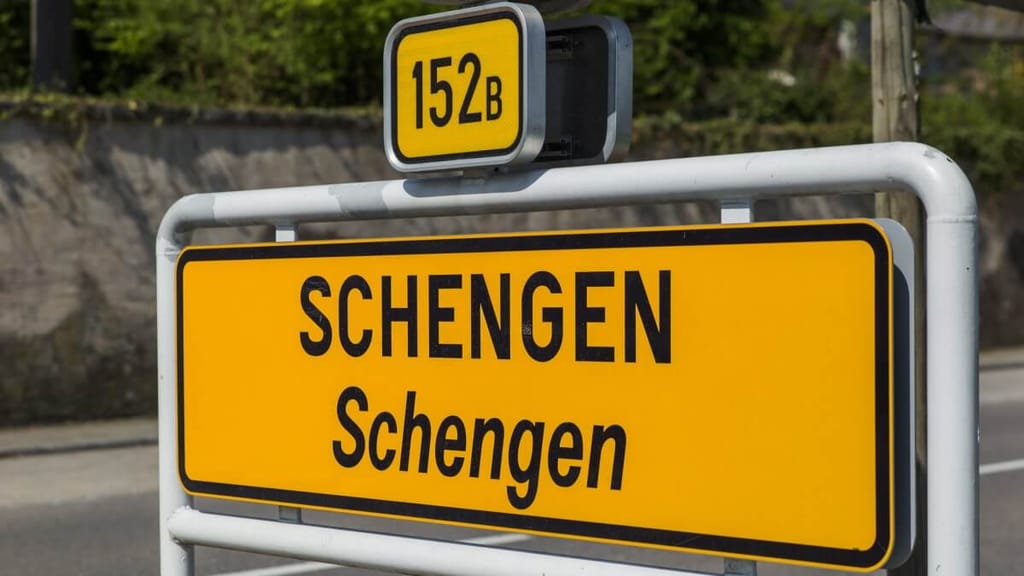
After 13 years of waiting, Bulgaria and Romania are set to partially join Europe’s extensive Schengen area of free movement. This move, starting Sunday, will enable travel by air and sea without border checks. However, land border controls will remain in place due to Austria’s opposition to the two eastern European countries becoming full members of the Schengen zone, fearing an influx of asylum seekers.
The Schengen zone will now encompass 29 members
Despite this partial membership, the removal of controls at air and sea borders holds significant symbolic value. Stefan Popescu, a foreign policy analyst, describes admission to Schengen as an “important milestone” for Bulgaria and Romania, symbolizing a “question of dignity, of belonging to the European Union.” He added, “Any Romanian who had to walk down a lane separate from other European citizens felt being treated differently.” Ivan Petrov, a 35-year-old Bulgarian marketing executive living in France, expressed enthusiasm for the less stressful travel and time-saving benefits.
With Bulgaria and Romania’s inclusion starting Sunday, the Schengen zone will encompass 29 members, including 25 of the 27 European Union member states, as well as Switzerland, Norway, Iceland, and Liechtenstein. According to the Romanian government, Schengen rules will be enforced at four seaports and 17 airports, with Otopeni Airport near Bucharest serving as the primary hub for Schengen flights.
Croatia, which joined the EU after Romania and Bulgaria, became Schengen’s 27th member in January 2023
Additional staff, ranging from border police to immigration officers, will be stationed at airports to “support passengers and detect those attempting to leave Romania illegally,” the government stated. Random checks will also be conducted to identify individuals with false documents and combat human trafficking, including minors. Both Bulgaria and Romania aim to achieve full integration into Schengen by the end of the year. However, Austria has only agreed to their inclusion by air and sea.
Croatia, which joined the EU after Romania and Bulgaria, became Schengen’s 27th member in January 2023. Established in 1985, the Schengen area allows over 400 million people to travel freely without internal border controls. While this is cause for celebration for some, truck drivers facing long queues at the borders with their European neighbours feel neglected.
Bulgarian businesses have also expressed frustration over the slow progress
Earlier this month, one of Romania’s major road transport unions called for “urgent measures” to achieve full Schengen integration as soon as possible, citing significant financial losses due to long waits. Secretary-General Radu Dinescu stated, “Romanian hauliers lose billions of euros every year, solely due to long waiting times at borders.” According to the union, truckers typically wait eight to 16 hours at the Hungarian border and 20 to 30 hours at the Bulgarian border, with peaks of three days.
Bulgarian businesses have also expressed frustration over the slow progress. Vasil Velev, president of the Bulgarian Industrial Capital Association, stated, “Only three percent of Bulgarian goods are transported by air and sea, with the remaining 97 percent by land.” He added, “So we’re at three percent in Schengen, and we don’t know when we’ll be there with the other 97 percent.” Bucharest and Sofia have both affirmed that there is no turning back. “There is no doubt that this process is irreversible,” stated Romanian Interior Minister Catalin Predoiu, adding that it “must be completed by 2024 with the extension to land borders.”